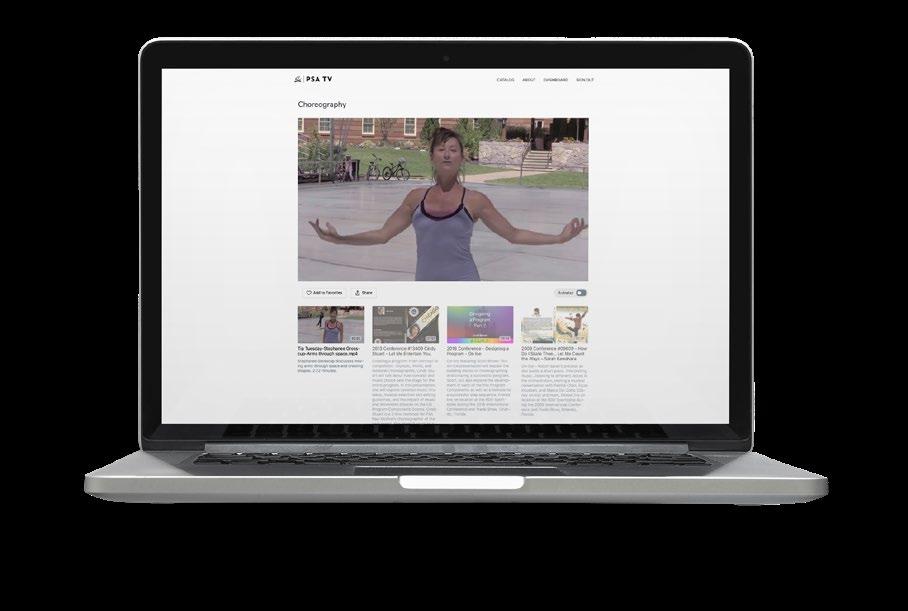
2 minute read
Stephanee Grosscup Choreography
The calculations of programs under the IJS system take a skilled approach by coaches to maximize a skater’s points. Part of that factoring is the Program Component Score, which encompasses skating skills, transitions, performance, composition and interpretation.

Stephanee Grosscup speaks to the camera in a clip from her video on PSA TV
Advertisement
In short, choreography still counts. In a PSA TV clip, Stephanee Grosscup brings some enduring tips for on-ice movement, beginning with encouraging your skaters to move their arms “through space.”
Grosscup was a part of the choreographic team for the 2002 Salt Lake City Olympics; toured with Disney on Ice, Ice Follies, Holiday on Ice and countless other professional shows and events; and has worked with Olympians and fan favorites.
“When we move our arms through space, you want to actively say to yourself that the space is thick, so that you can push space and that you have tension in everything you do with your arm movement,” said Grosscup, demonstrating by pushing her arms, palms facing out, away from her with deliberate motion, then mimics a pulling action, as if gathering a length of rope. “So, when creating a movement, you can push your space, or you can take it and you can pull space.”
Ideally, a skater’s feelings come from the heart and travel through the arms and the fingertips, emoting the entire way.

Stephanee Grosscup demonstrates how she creates tension and moves through "thick" space on PSA TV.
“You fill up space and you create shape with your arms,” she said, expressing through her arms with a variety of movements. “Make sure that…your arms are moving in a way that creates tension and feeling and movement.”
That purposeful movement extends the other direction in a skater’s body, as well.
“The other thing is you need to have is an incredibly stretched free leg,” Grosscup said. “You have a muscle right above your kneecap and if you take that muscle and squeeze it, that is going to create a flatness on the back of your free leg. As you are skating, you want to make sure your free leg is stretching and that your toe is pointing so that you always have a beautiful line no matter what you’re doing.”
At any level, coaching skaters to improve the fluidity and artistry of their arms and strength and length of their free leg can exponentially raise scores, whether it be competition, testing, programs across all disciplines or moves in the field.
“Have an awareness of how your moving your arms through space, how you are utilizing your space and how your pointing your toe and stretching your free leg,” Grosscup said. “This will take your skating to an elevation and level that everybody, when they watch you, is going to go to a place where there is beauty in the world.”
PSA TV is an on-demand video library of educational content that includes tips from master rated coaches, webinars, and podcasts. We proudly offer a selection of free content, videos for purchase, or subscribe for only $4.99/month for access to the full catalog.











